Security Hardening with Ansible
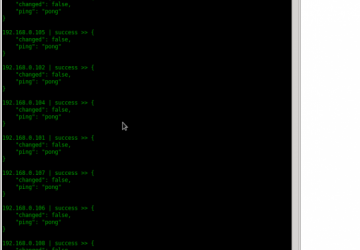
Ansible is an open-source automation tool developed and released by Michael DeHaan and others in 2012. DeHaan calls it a "general-purpose automation pipeline" (see Resources for a link to the article "Ansible's Architecture: Beyond Configuration Management"). Not only can it be used for automated configuration management, but it also excels at orchestration, provisioning of systems, zero-time rolling updates and application deployment. Ansible can be used to keep all your systems configured exactly the way you want them, and if you have many identical systems, Ansible will ensure they stay identical. For Linux system administrators, Ansible is an indispensable tool in implementing and maintaining a strong security posture.
Ansible can be used to deploy and configure multiple Linux servers (Red Hat, Debian, CentOS, OS X, any of the BSDs and others) using secure shell (SSH) instead of the more common client-server methodologies used by other configuration management packages, such as Puppet and Chef (Chef does have a solo version that does not require a server, per se). Utilizing SSH is a more secure method because the traffic is encrypted. The secure shell transport layer protocol is used for communications between the Ansible server and the target hosts. Authentication is accomplished using Kerberos, public-key authentication or passwords.
When I began working in system administration some years ago, a senior colleague gave me a simple formula for success. He said, "Just remember, automate, automate, automate." If this is true, and I believe it is, then Ansible can be a crucial tool in making any administrator's career successful. If you do not have a few really good automation tools, every task must be accomplished manually. That wastes a lot of time, and time is precious. Ansible makes it possible to manage many servers almost effortlessly.
Ansible uses a very simple method called playbooks to orchestrate configurations. A playbook is a set of instructions written in YAML that tells the Ansible server what "plays" to carry out on the target hosts. YAML is a very simple, human-readable markup language that gives the user fine granularity when setting up configuration schemes. It is installed, along with Ansible, as a dependency. Ansible uses YAML because it is much easier to write than common data formats, like JSON and XML. The learning curve for YAML is very low, hence proficiency can be gained very quickly. For example, the simple playbook shown in Figure 1 keeps the Apache RPM on targeted Web servers up to date and current.
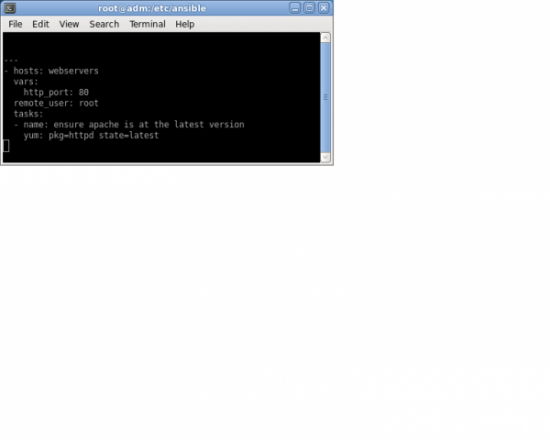
Figure 1. Example Playbook That Will Upgrade Apache to the Latest Version
From the Ansible management server, you can create a cron job to push the playbook to the target hosts on a regular basis, thus ensuring you always will have the latest-and-greatest version of the Apache Web server.
Using YAML, you can instruct Ansible to target a specific group of servers, the remote user you want to run as, tasks to assign and many other details. You can name each task, which makes for easier reading of the playbook. You can set variables, and use loops and conditional statements. If you have updated a configuration file that requires restarting a service, Ansible uses tasks called handlers to notify the system that a service restart is necessary. Handlers also can be used for other things, but this is the most common.
The ability to reuse certain tasks from previously written playbooks is another great feature. Ansible uses a mechanism called roles to accomplish this. Roles are organizational units that are used to implement a specific configuration on a group of hosts. A role can include a set of variable values, handlers and tasks that can be assigned to a host group, or hosts corresponding to specific patterns. For instance, you could create a role for installing and configuring MySQL on a group of targeted servers. Roles make this a very simple task.
Besides intelligent automation, you also can use Ansible for ad hoc commands to contact all your target hosts simultaneously. Ad hoc commands can be performed on the command line. It is a very quick method to use when you want to see a specific type of output from all your target machines, or just a subset of them. For example, if you want to see the uptime for all the hosts in a group called dbservers, you would type, as user root:
# ansible dbservers -a /usr/bin/uptime
The output will look like Figure 2.
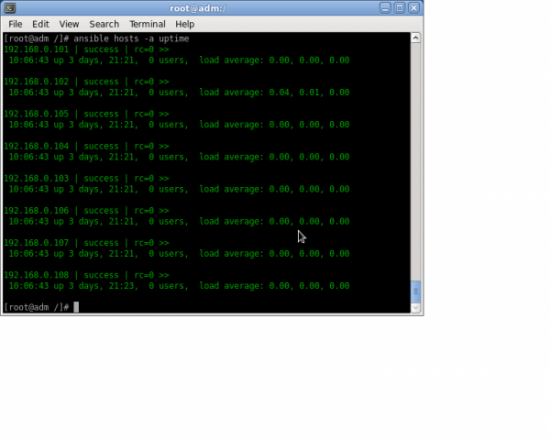
Figure 2. Example of ad hoc Command Showing Uptime Output for All Targets
If you want to specify a particular user, use the command in this way:
# ansible dbservers -a /usr/bin/uptime -u username
If you are running the command as a particular user, but want to act as root, you can run it through sudo and have Ansible ask for the root password:
# ansible dbservers -a /usr/bin/uptime -u username
↪--sudo [ask-sudo-pass]
You also can switch to a different user by using the -U option:
# ansible dbservers -a /usr/bin/uptime -u username
↪-U otheruser --sudo
# [ask-sudo-pass]
Occasionally, you may want to run the command with 12 parallel forks, or processes:
# ansible dbservers -a /usr/bin/uptime -f 12
This will get the job done faster by using 12 simultaneous processes, instead of the default value of 5. If you would like to set a permanent default for the number of forks, you can set it in the Ansible configuration file, which is located in /etc/ansible/ansible.cfg.
It also is possible to use Ansible modules in ad hoc mode by using the
-m
option. In this example, Ansible pings the target hosts using the
ping
module:
# ansible dbservers -m ping
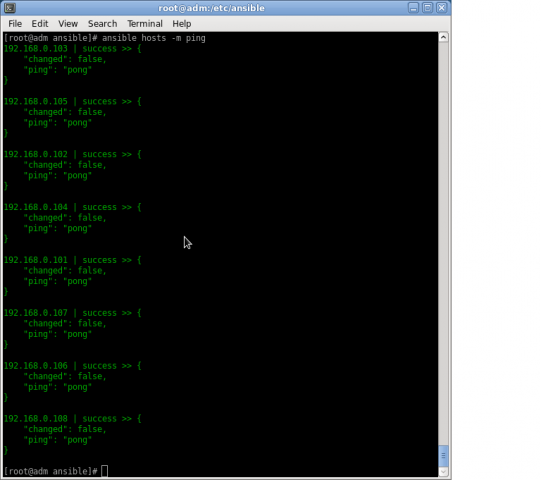
Figure 3. In this example, Ansible pings the target hosts using the ping module.
As I write this, Michael DeHaan has announced that, in a few weeks, a new
command-line tool will be added to Ansible version 1.5 that will enable the
encrypting of various data within the configuration. The new tool will be
called ansible-vault. It will be implemented by using the new
--ask-vault-pass option. According to DeHaan, anything you write in YAML
for your configuration can be encrypted with ansible-vault by using a password.
Server security hardening is crucial to any IT enterprise. We must face the fact that we are protecting assets in what has become an informational war-zone. Almost daily, we hear of enterprise systems that have fallen prey to malevolent individuals. Ansible can help us, as administrators, protect our systems. I have developed a very simple way to use Ansible, along with an open-source project called Aqueduct, to harden RHEL6 Linux servers. These machines are secured according to the standards formulated by the Defense Information Systems Agency (DISA). DISA publishes Security Technical Implementation Guides (STIGs) for various operating systems that provide administrators with solid guidelines for securing systems.
In a typical client-server setup, the remote client dæmon communicates with a server dæmon. Usually, this communication is in the clear (not encrypted), although Puppet and Chef have their own proprietary mechanisms to encrypt traffic. The implementation of public-key authentication (PKI) in SSH has been well vetted for many years by security professionals and system administrators. For my purposes, SSH is strongly preferred. Typically, there is a greater risk in using proprietary client-server dæmons than using SSH. They may be relatively new and could be compromised by malevolent individuals using buffer-overflow attack strategies or denial-of-service attacks. Any time we can reduce the total number of services running on a server, it will be more secure.
To install the current version of Ansible (1.4.3 at the time of this writing), you will need Python 2.4 or later and the Extra Packages for Enterprise Linux (EPEL) repository RPM. For the purposes of this article, I use Ansible along with another set of scripts from an open-source project called Aqueduct. This is not, however, a requirement for Ansible. You also will need to install Git, if you are not already using it. Git will be used to pull down the Aqueduct package.
Vincent Passaro, Senior Security Architect at Fotis Networks, pilots the Aqueduct project, which consists of the development of both bash scripts and Puppet manifests. These are written to deploy the hardening guidelines provided in the STIGs. Also included are CIS (Center for Internet Security) benchmarks and several others. On the Aqueduct home page, Passaro says, "Content is currently being developed (by me) for the Red Hat Enterprise Linux 5 (RHEL 5) Draft STIG, CIS Benchmarks, NISPOM, PCI", but I have found RHEL6 bash scripts there as well. I combined these bash scripts to construct a very basic Ansible playbook to simplify security hardening of RHEL6 systems. I accomplished this by using the included Ansible module called script.
According to the Ansible documentation, "The script module takes the script name followed by a list of space-delimited arguments. The local script at path will be transferred to the remote node and then executed. The given script will be processed through the shell environment on the remote node. This module does not require Python on the remote system, much like the raw module."
Ansible modules are tiny bits of code used for specific purposes by the API to carry out tasks. The documentation states, "Ansible modules are reusable units of magic that can be used by the Ansible API, or by the ansible or ansible-playbook programs." I view them as being very much like functions or subroutines. Ansible ships with many modules ready for use. Administrators also can write modules to fit specific needs using any programming language. Many of the Ansible modules are idempotent, which means they will not make a change to your system if a change does not need to be made. In other words, it is safe to run these modules repeatedly without worrying they will break things. For instance, running a playbook that sets permissions on a certain file will, by default, update the permissions on that file only if its permissions differ from those specified in the playbook.
For my needs, the script module works perfectly. Each Aqueduct bash script corresponds to a hardening recommendation given in the STIG. The scripts are named according to the numbered sections of the STIG document.
In my test environment, I have a small high-performance compute cluster consisting of one management node and ten compute nodes. For this test, the SSH server dæmon is configured for public-key authentication for the root user. To install Ansible on RHEL6, the EPEL repository must first be installed. Download the EPEL RPM from the EPEL site (see Resources).
Then, install it on your management node:
# rpm -ivh epel-release-6-8.noarch.rpm
Now, you are ready to install Ansible:
# yum install ansible
Ansible's main configuration file is located in /etc/ansible/ansible.cfg. Unless you want to add your own customizations, you can configure it with the default settings.
Now, create a directory in /etc/ansible called prod. This is where you will copy the Aqueduct STIG bash scripts. Also, create a directory in /etc/ansible called plays, where you will keep your Ansible playbooks. Create another directory called manual-check. This will hold scripts with information that must be checked manually. Next, a hosts file must be created in /etc/ansible. It is simply called hosts. Figure 4 shows how I configured mine for the ten compute nodes.
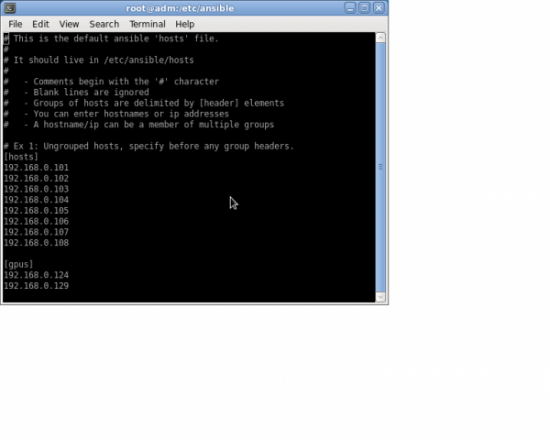
Figure 4. The /etc/hosts File for My Test Cluster
Eight of the compute nodes are typical nodes, but two are equipped with GPGPUs, so there are two groups: "hosts" and "gpus". Provide the IP address of each node (the host name also can be given if your DNS is set up properly). With this tiny bit of configuration, Ansible is now functional. To test it, use Ansible in ad hoc mode and execute the following command on your management node:
# ansible all -m ping
If this results in a "success" message from each host, all is well.
The Aqueduct scripts must be downloaded using Git. If you do not have this on your management node, then:
# yum install git
Git "is a distributed revision control and source code management (SCM) system with an emphasis on speed" (Wikipedia). The command-line for acquiring the Aqueduct package of scripts and manifests goes like this:
# git clone git://git.fedorahosted.org/git/aqueduct.git
This will create a directory under the current directory called aqueduct. The bash scripts for RHEL6 are located in aqueduct/compliance/bash/stig/rhel-6/prod. Now, copy all scripts therein to /etc/ansible/prod. There are some other aspects of the STIG that will need to be checked by either running the scripts manually or reading the script and performing the required actions. These scripts are located in aqueduct/compliance/bash/stig/rhel-6/manual-check. Copy these scripts to /etc/ansible/manual-check.
Now that the scripts are in place, a playbook must be written to deploy them on all target hosts. Copy the playbook to /etc/ansible/plays. Make sure all scripts are executable. Figure 5 shows the contents of my simple playbook called aqueduct.yml.
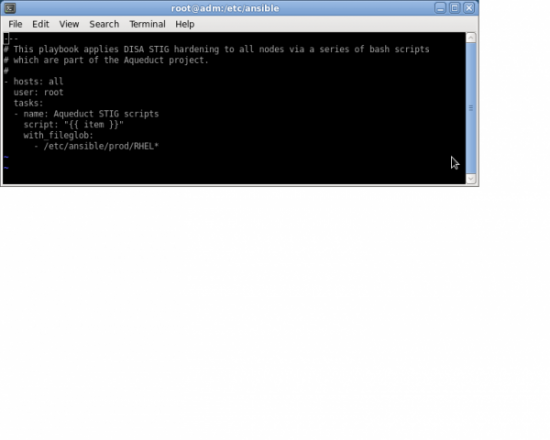
Figure 5. My Simple Playbook to Execute STIG Scripts on All Targets
On a few of the STIG scripts, a few edits were needed to get them to execute correctly. Admittedly, a more eloquent solution would be to replace the STIG scripts by translating them into customized Ansible modules. For now, however, I am taking the easier route by calling the STIG scripts as described from my custom Ansible playbook. The script module makes this possible. Next, simply execute the playbook on the management node with the command:
# ansible-playbook aqueduct.yml
This operation takes about five minutes to run on my ten nodes, with the understanding that the plays run in parallel on the target hosts. Ansible produces detailed output that shows the progress of each play and host. When Ansible finishes running the plays, all of the target machines should be identically hardened, and a summary is displayed. In this case, everything ran successfully.
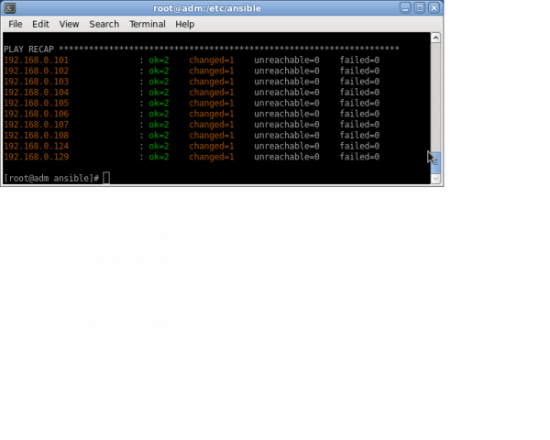
Figure 6. Output Showing a Successful STIG Playbook Execution
For system security hardening, the combination of Ansible and Aqueduct is a powerfully productive force in keeping systems safe from intruders.
If you've ever worked as a system administrator, you know how much time a tool like this can save. The more I learn about Ansible, the more useful it becomes. I am constantly thinking of new ways to implement it. As my system administration duties drift more toward using virtual technologies, I plan on using Ansible to provision and manage my virtual configurations quickly. I am also looking for more avenues to explore in the way of managing high-performance computing systems, since this is my primary duty. Michael DeHaan has developed another tool called Cobbler, which is excellent for taking advantage of Red Hat's installation method, Kickstart, to build systems quickly. Together, Cobbler and Ansible create an impressive arsenal for system management.
As system administrators, we are living in exciting times. Creative developers are inventing an amazing array of tools that, not only make our jobs easier, but also more fun. I can only imagine what the future may hold. One thing is certain: we will be responsible for more and more systems. This is due to the automation wizardry of technologies like Ansible that enable a single administrator to manage hundreds or even thousands of servers. These tools will only improve, as they have continued to do. As security continues to become more and more crucial, their importance will only increase.
Resources
Ansible's Architecture: Beyond Configuration Management: https://blog.ansibleworks.com/2013/11/29/ansibles-architecture-beyond-configuration-management
Michael DeHaan's Blog: https://michaeldehaan.net
Git Home: https://git-scm.com
Aqueduct Home: https://www.vincentpassaro.com/open-source-projects/aqueduct-red-hat-enterprise-linux-security-development
Ansible Documentation: https://docs.ansible.com/index.html
EPEL Repository Home: https://fedoraproject.org/wiki/EPEL
DISA RHEL6 STIG: https://iase.disa.mil/stigs/os/unix/red_hat.html









